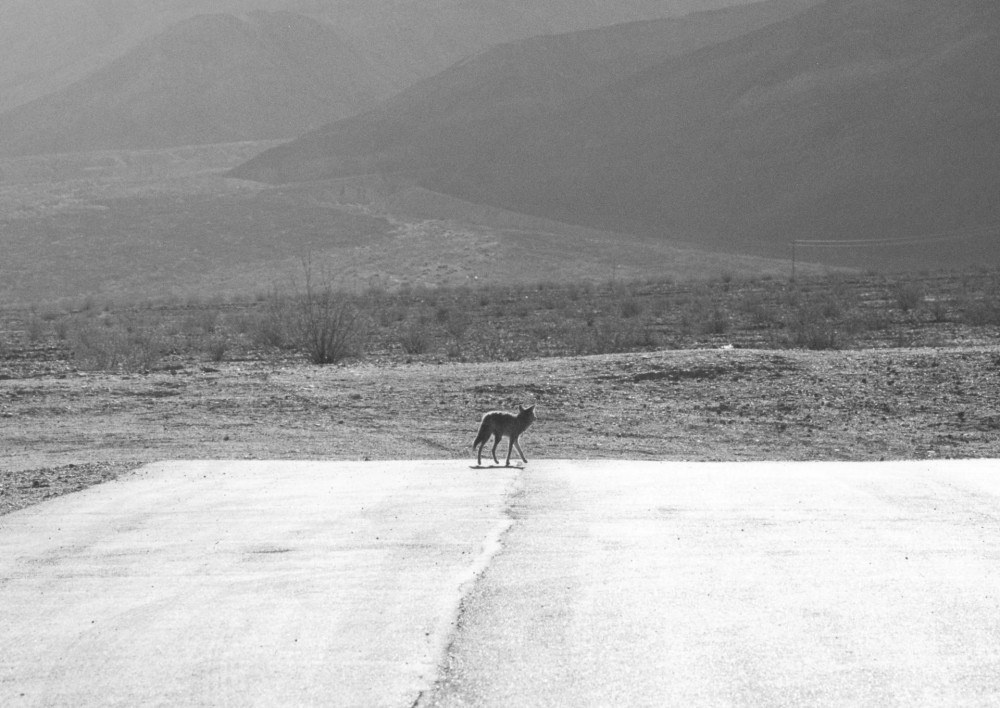
Daniel Gustav Cramer, Fox & Coyote, 2024/25 © VG Bild-Kunst, Bonn 2025, courtesy Sies + Höke, SpazioA, Vera Cortes, Yvon Lambert
Artists work. Under the harshest conditions, imprisonment, censorship, repression, torture. In the face of legislative violence artists make artistic claims. For this 13th Biennale, the Indian curator, Zasha Colah is working together with artists notably from Myanmar, the Northeast of India, Argentina, the !Garib-Zambezi-Afrasian-Seabelt, Sudan, Kazakhstan, Hungary, Italy, and Germany.
Rarely in the history of the Berlin Biennale has there been a more fitting time to present international perspectives on the present moment. The exhibition considers the ways in which thinking and imagination persist, even under conditions of persecution, militarization, and ecocide. Despite constraints on their freedoms, artists may discover profound freedom within the focused space of their minds.
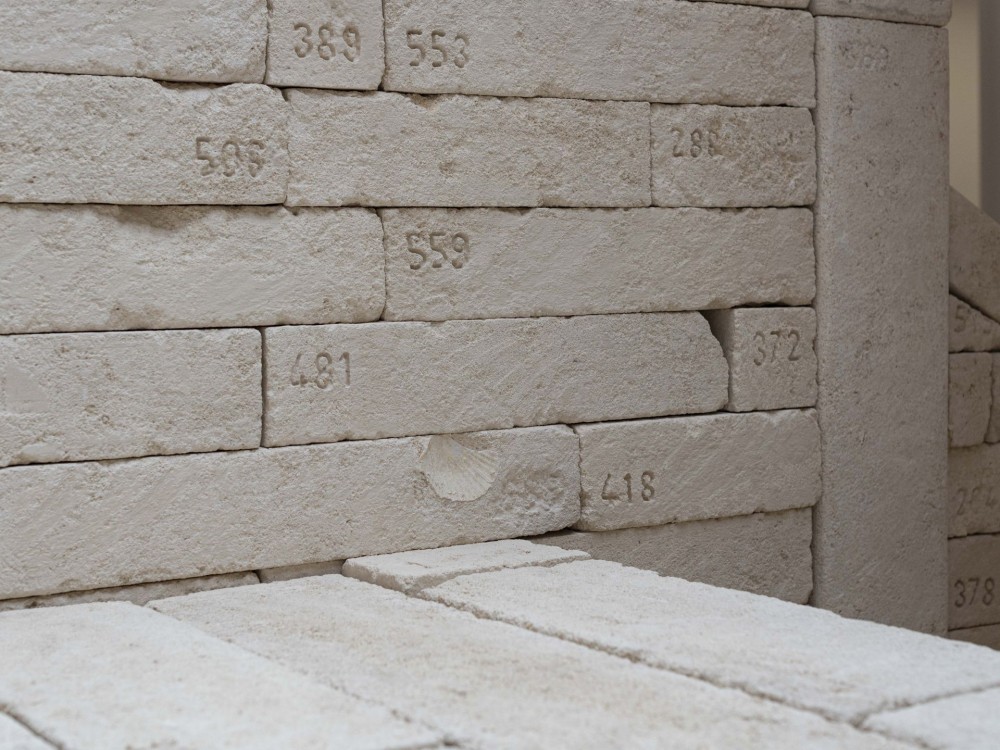
Margherita Moscardini, The Stairway, 2025, installation view, 13th Berlin Biennale, KW Institute for Contemporary Art, 2025. Courtesy Margherita Moscardini and Gian Marco Casini, Livorno; image: Marvin Systermans
The title of the 13th Berlin Biennale—passing the fugitive on—also refers to the aesthetic character of the works on view, which incorporate ephemeral forms of transmission and materialization, often engaging the body and orality. In the event series Encounters, the works of art speak to viewers directly. They encompass theatrical stagings, performances, reading groups, talks, tribunals, spoken word, commemorative walks, and stand-up comedy.
The 13th Berlin Biennale opens at the following locations in the city: KW Institute for Contemporary Art, Sophiensæle, Hamburger Bahnhof – Nationalgalerie der Gegenwart, and in the former Courthouse Lehrter Straße.
The Berlin Biennale has been supported by the Kulturstiftung des Bundes (German Federal Cultural Foundation) as one of its “cultural beacons” in Germany since 2004.
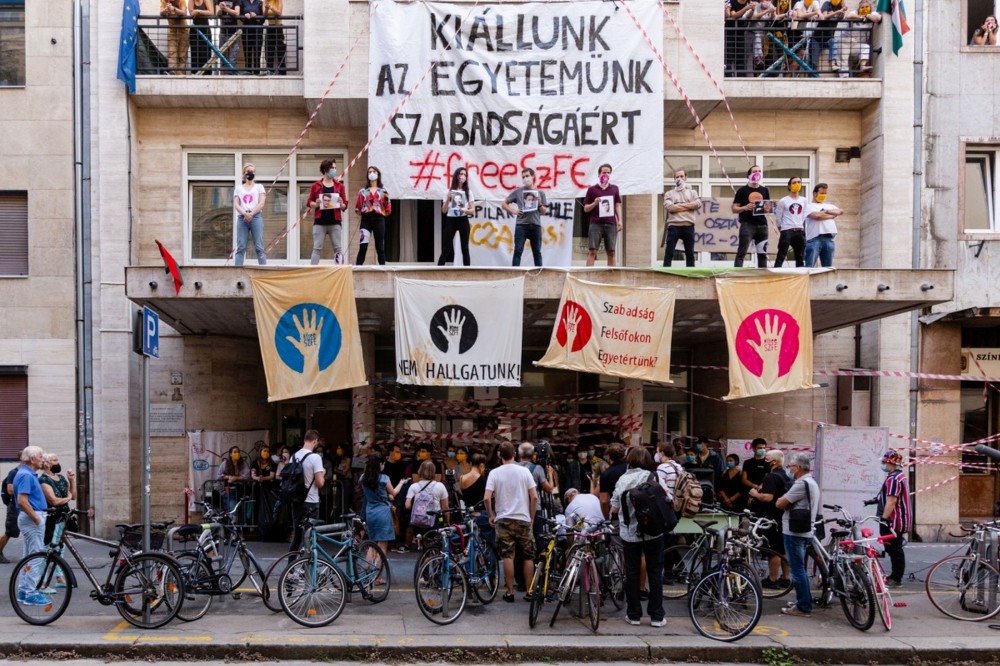
Freeszfe, On the Blockade (the autonomy fights of SZFE Budapest), 2020/21, video still. Courtesy Freeszfe Film Collective
Artists displayed at the following venues:
KW Institute for Contemporary Art
Akademia Ruchu; Anawana Haloba; Armin Linke; Bwanga „Benny Blow“ Kapumpa; Chaw Ei Thein; Etcétera; Exterra XX – Künstlerinnengruppe Erfurt; flowers (Ceija Stojka, Erika Kobayashi, Fredj Moussa, Hannah Höch, Nyi Pu Lay and Ma Thida, OMARA Mara Oláh, Steve McQueen); Freeszfe; Gernot Wieland; Gernot Wieland with Carla Åhlander & Konstantin von Sichart; Han Bing & Kashmiri Cabbage Walker; Huda Lutfi; Iris Yingzen; Judith Blum Reddy; Kazuko Miyamoto; Kikí Roca, Las Chicas del Chancho y el Corpiño; Margherita Moscardini; Mila Panić; Mila Panić and guests (Carmen Chraim, Deo Katunga, Maya Upchurch, Sasha Dolgopolov, Tamer Katan, Victor
Patrascan); Nge Nom; Panties for Peace; parallelgesellschaft; Piero Gilardi; Sarnath Banerjee; Sawangwongse Yawnghwe; The Fly (Htein Lin, Chaw Ei Thein); Tsuyoshi Ozawa (with Andreas Eberlein, Dagmar Tinschmann, Daisuke Deguchi, Jinran Kim, Kathrin Schiffbauer, Li Koelan, Manuela Warstat, Yuan Shun); Yoshiko Shimada and BuBu de la Madeleine; Zoncy Heavenly
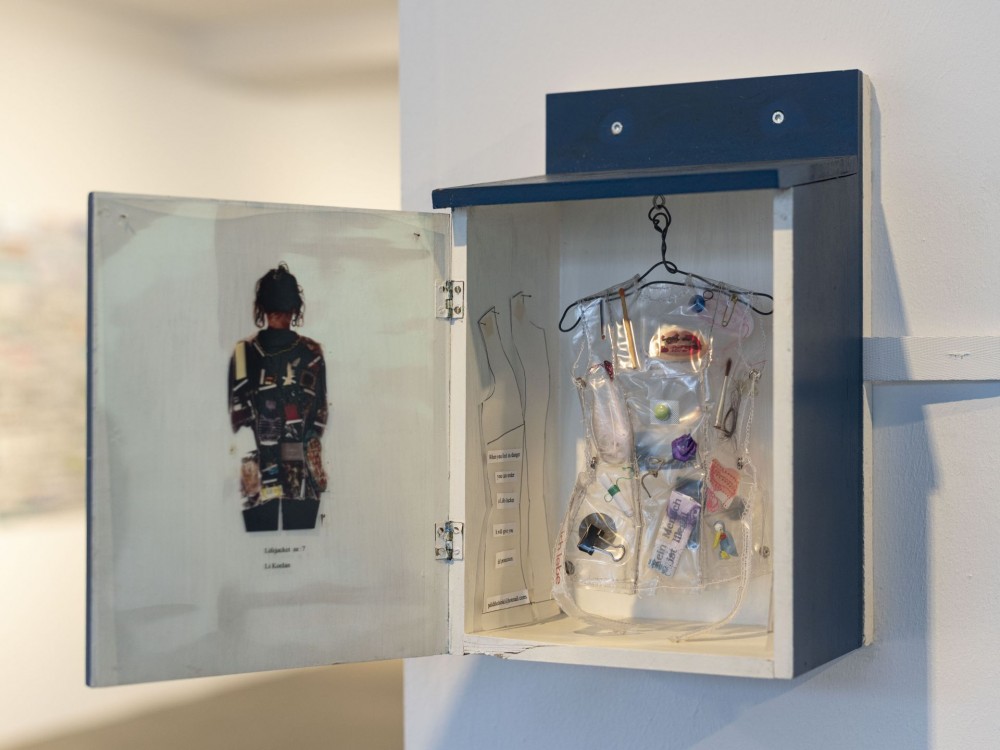
Tsuyoshi Ozawa, New Nasubi Gallery by Li Koelan First Life-Jacket, 1996, Installationsansicht, 13. Berlin Biennale, KW Institute for Contemporary Art, 2025. Courtesy Tsuyoshi Ozawa; Li Koelan; Bild: Marvin Systermans
Sophiensæle
Amol K Patil; Daniel Gustav Cramer; Luzie Meyer, Major Nom
Hamburger Bahnhof – Nationalgalerie der Gegenwart
Gabriel Alarcón, Jane Jin Kaisen, Larissa Araz, Vikrant Bhise, Zamthingla Ruivah Shimray

Vikrant Bhise, We Who Could Not Drink, 2025 © VikrantBhise; Experimenter, Kolkata & Mumbai
Former Courthouse Lehrter Straße
Anna Scalfi Eghenter; Artcom Platform; Busui Ajaw; Elshafe Mukhtar; Exterra XX – Künstlerinnengruppe Erfurt; Fredj Moussa; fugitivity (Daniella Bastien, ☂ M. M. Thein, Steve McQueen); Helena Uambembe; Htein Lin; Isaac Kalambata; Memory Biwa; Memory Biwa and guests (Anike Joyce Sadiq, Céline Barry, Lusine Khurshudyan); Merle Kröger; Milica Tomić; Padmini Chettur; People’s Tribunal (with Bana Group for Peace and Development, ALPAS Pilipinas and International Coalition for Human Rights in the Philippines (ICHRP) – Germany, சி#$ஜ& வரதராஜா (Sinthujan Varatharajah), م شت رى ھ لال I(Moshtari Hilal)); Salik Ansari; Shahana Rajani; Simon Wachsmuth; Stacy Douglas
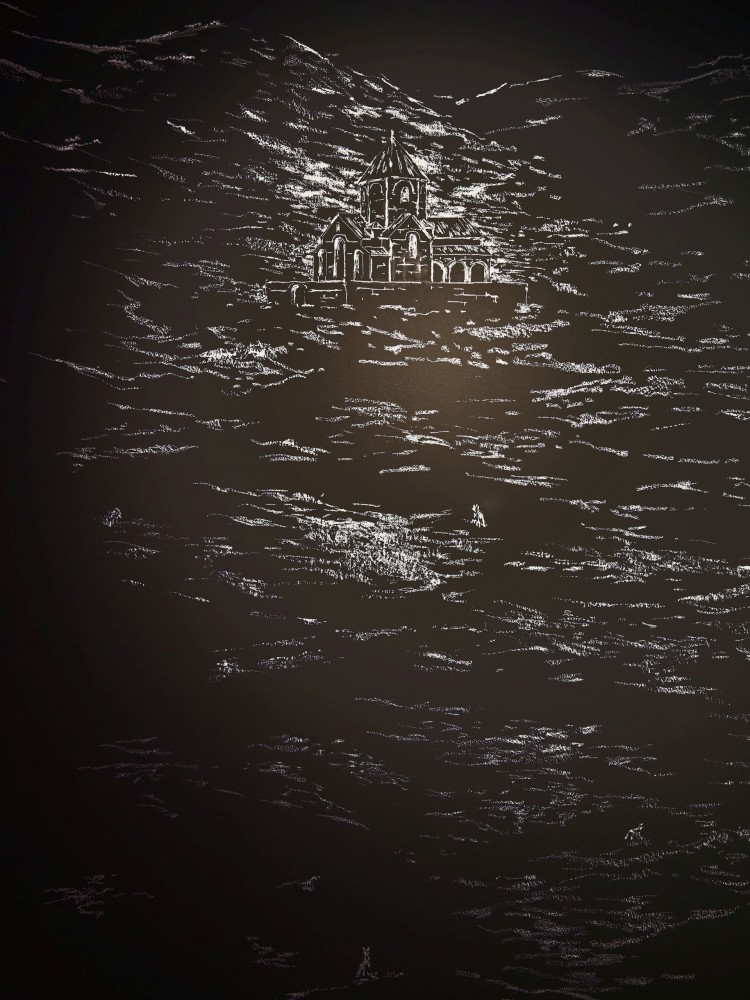
Larissa Araz, And through those hills and plains by most forgot, And by these eyes not seen, for evermore*, 2025, installation view, 13th Berlin Biennale, Hamburger Bahnhof – Nationalgalerie der Gegenwart, 2025. Courtesy Larissa Araz; image: Aristidis Schnelzer
For the 13th Berlin Biennale, atelier le balto designed the garden at the former Courthouse Lehrter Straße, and is consultant to the artistic project of Nge Nom at KW Institute for Contemporary Art.
Information on the exhibiting artists may be found https://13.berlinbiennale.de/en.
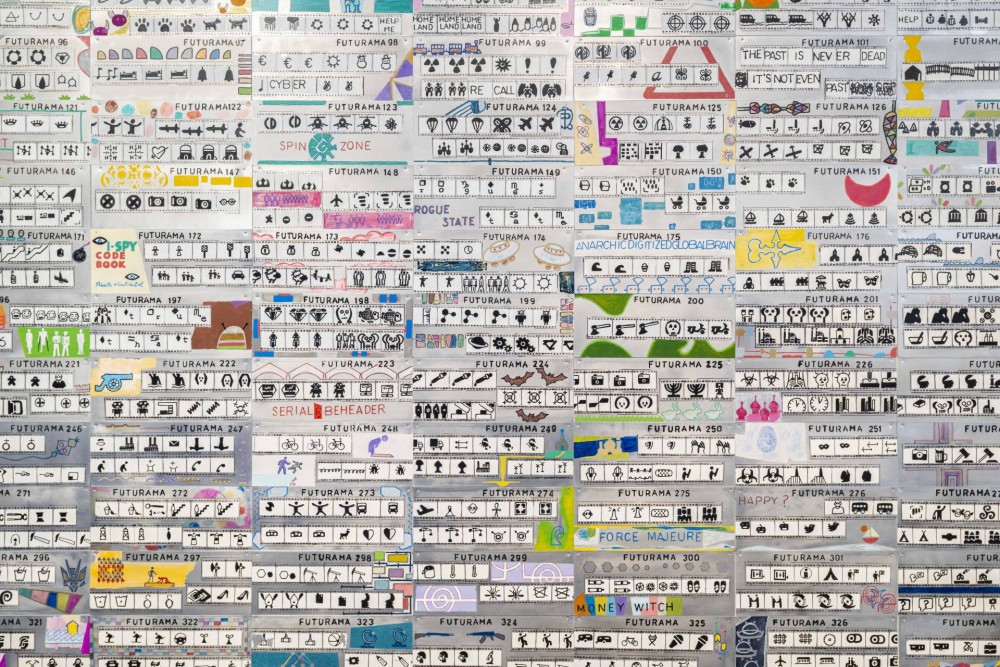
Judith Blum Reddy, Futurama, 2015, installation view, 13th Berlin Biennale, KW Institute for Contemporary Art, 2025. Courtesy Judith Blum Reddy; image: Marvin Systermans
Sister Organizations
Highlighting independent institutions as incubators for artistic innovation in Berlin, the 13th Berlin Biennale has forged sisterhoods with cultural spaces deeply rooted in the city. Sections of the program are hosted and organized in curatorial complicity with these four sister organizations: European Roma Institute for Arts and Culture (ERIAC), Filmrauschpalast Moabit, SİNEMA TRANSTOPIA, Sophiensæle.
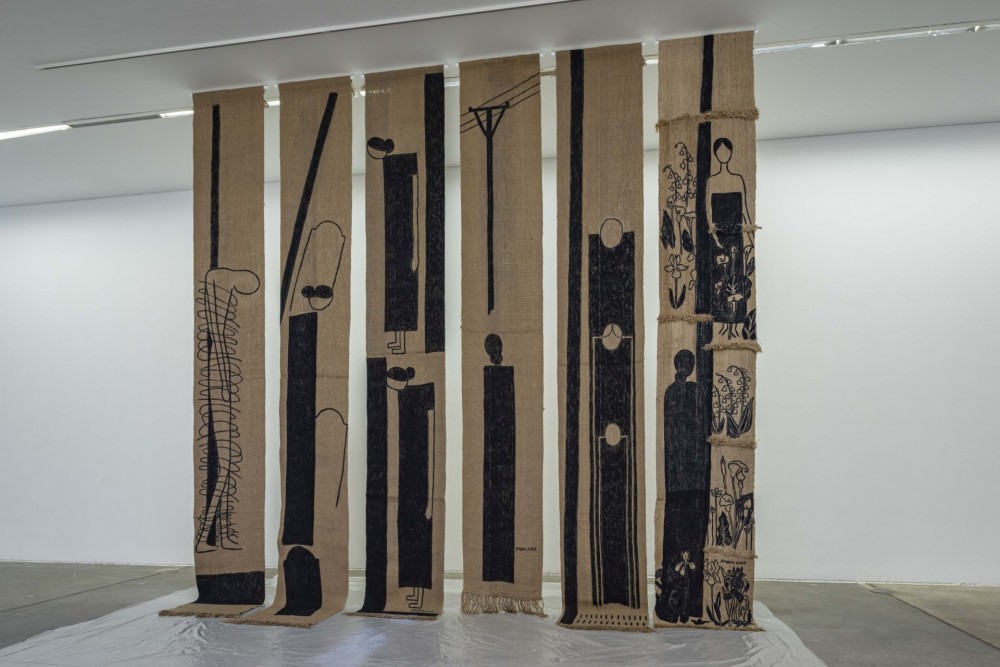
Iris Yingzen, Garden of Hope, 2025, installation view, 13th Berlin Biennale, KW Institute for Contemporary Art, 2025. Courtesy Iris Yingzen; image: Eike Walkenhorst
Encounters and fugitive acts
Various activations, tribunals, performances, lectures, and walks will take place during the opening week and throughout the exhibition’s duration. The Encounters series opens up the exhibition space to unexpected or ephemeral acts that are not always listed in the program in advance. These scheduled—and spontaneous—encounters seek to create a sense of immediate complicity, creating a different relationship between the artwork and its audience.
See the full program for June and July on the https://13.berlinbiennale.de/en/program/calendar of the 13th Berlin Biennale.
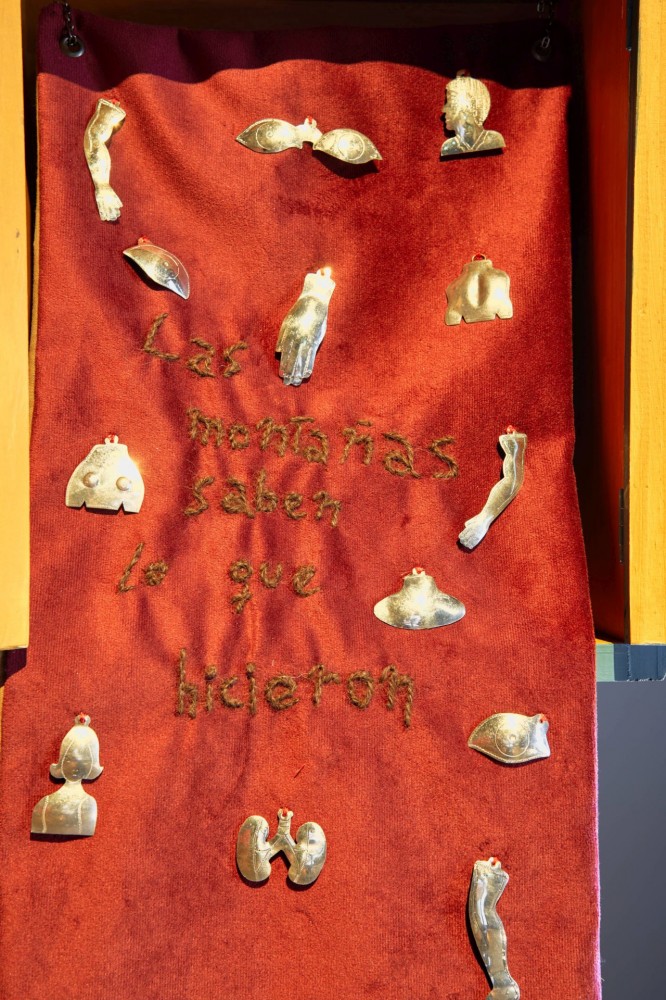
Gabriel Alarcón, Retablos para compartir [Retablos to share], 2025, installation view, 13th Berlin Biennale, Hamburger Bahnhof – Nationalgalerie der Gegenwart, 2025. Courtesy Gabriel Alarcón; image: Aristidis Schnelzer
Exhibition Companion
The publication accompanying the 13th Berlin Biennale contains information on the artists as well as additional texts on the curatorial concept and the venues of the 13th Berlin Biennale. The authors are Alicja Schindler, Claire Tancons, Kate Sutton, Kito Nedo, Somrak Sila, Sumesh Sharma, Valentina Viviani, and Zasha Colah. It is available at the ticket counters at KW Institute for Contemporary Art, the former Courthouse Lehrter Straße, at Walther König at Hamburger Bahnhof, and on the website of the 13th Berlin Biennale.
The Berlin Biennale is organized by KUNST-WERKE BERLIN e. V. The Berlin Biennale is funded by the Kulturstiftung des Bundes (German Federal Cultural Foundation). The Kulturstiftung des Bundes is funded by the Beauftragte der Bundesregierung für Kultur und Medien (Federal Government Commissioner for Culture and the Media).
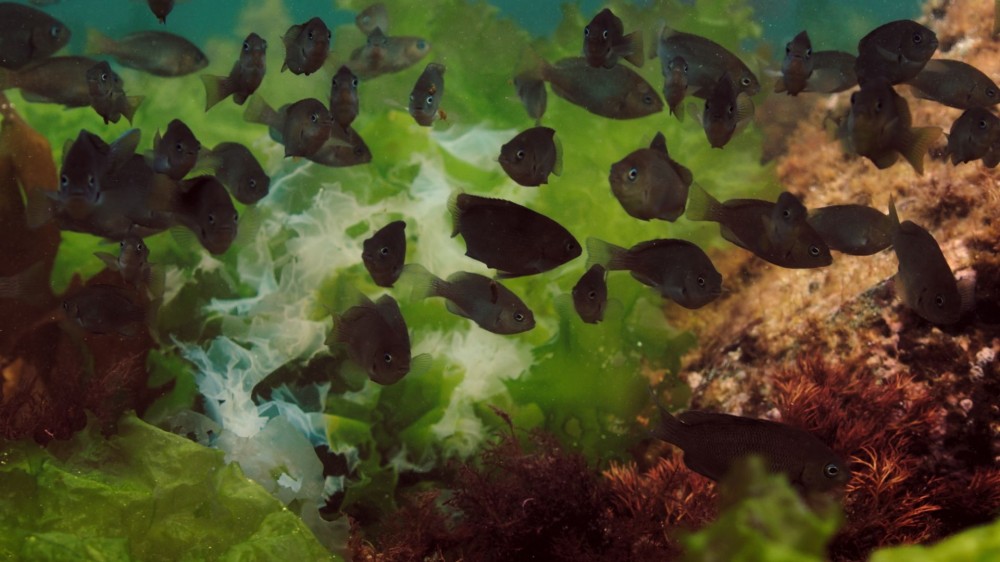
Jane Jin Kaisen, Wreckage, 2024, video still © VG Bild-Kunst, Bonn 2025

